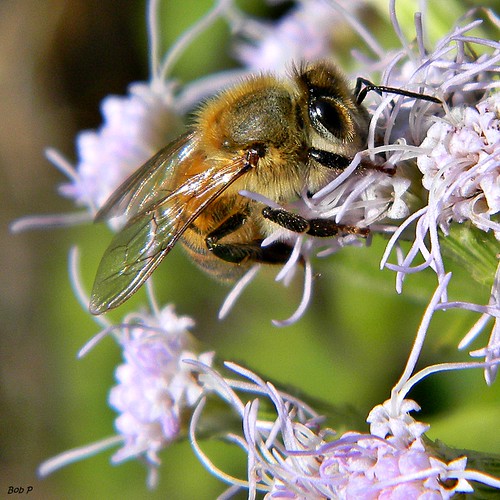Setting up a Beehive Camera
Tonight sees the premier of Hive Alive, BBC2’s latest documentary to bring wildlife observation and behavior to the masses, following such runaway successes as Springwatch and Lambing Live. This installment promises to delve into the hidden workings of a bee colony, with a combination of cutting edge technology and tiny beehive cameras to monitor activity in the colony. Whilst it may not initially seem as glamorous- or cuddly- as other types of wildlife watching, Bees are nature’s unsung heroes, playing a vital role in our food production, and what’s more- they need our help!

As detailed in the program’s fantastic accompanying infographic, Bees are responsible for pollinating almost one third of our food crops, so even in an industry dominated by fertilisers and mechanisation one humble insect plays a key role. And it’s an economical issue as well- one estimate suggests that honey bees alone are solely responsible for the pollination of crops worth over $15 billion annually in the US! The problem is, that key link is at serious risk. In the last few years, European Honey Bees have been seriously affected by an issue known as “colony collapse disorder”, where worker bees simply leave the colony and not returning, and as a result the colony dies off. Noone is entirely sure about the cause behind this problem, but studies have strongly linked it to the use of “Neonicotinoid” pesticides in farming. Whilst the EU is experimenting with restricting the use of the chemicals, one thing that all the experts agree on is that we could all do with giving the bees a helping hand, and one of the best ways of doing this is become a “backyard beekeeper”.

As well as a backyard hobby, setting up a beehive for a school is a fantastic way of teaching kids about wildlife and agriculture. Once the hive is set up, installing a camera can let you keep an eye on the bee’s behavior and interactions as the colony grows. If you are lucky, you might even catch a glimpse of the famous “waggle dance”- the coded movements worker bees perform to indicate the direction and distance to pollen. A fully fledged beehive can be quite involved to set up, but doesn’t require much technical skill, and there are plenty of online resources of starting one up. By adding one of our nest box cameras inside the hive, you can transmit live footage to a nearby TV or recorder. The camera can focus extremely closely, and has night vision, so the hive can stay closed. You can also buy “observation hives”, with a clear glass panel on one side allowing you to view the bees. Night vision will not work through this, but one of our compact pinhole spy cameras should do the job perfectly.

For those without the resources (or space) to set up a fully fledged hive, it’s really easy to make a bee “hotel”, providing shelter for solitary bee species like Mason bees. All you need to do is to set up a bundle of hollow canes- or a block of wood with small holes drilled in it- under shelter in your garden near some plants or flowers. There are even many custom designed hotels on the market, so all you need to do is set up!
Featured image via Wikimedia Commons

